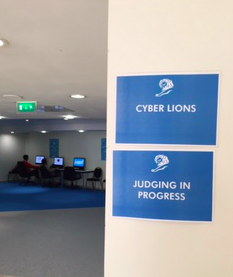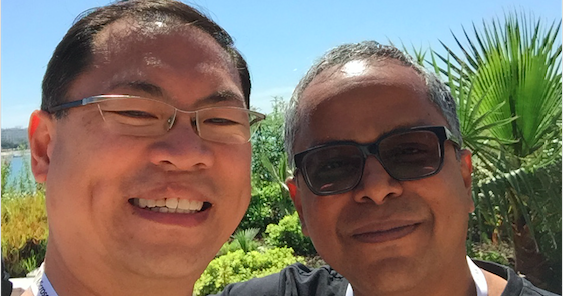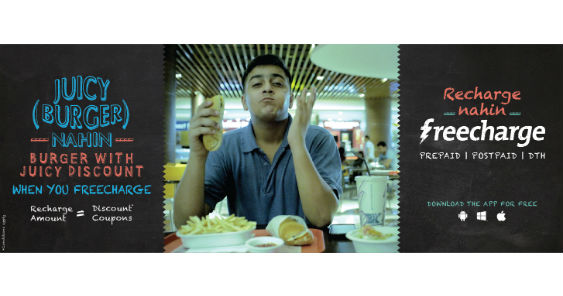Tay Guan Hin, Southeast Asia ECD at J. Walter Thompson Asia Pacific, shares his experience straight from the jury’s seat at the Cannes 2015 Cyber Lions. The shortlist for this category will be out on June 23.
 After combing through different categories of Cyber work in groups of five judges over the last three days, the entire jury came together yesterday to cull the remaining 432 entries into an even shorter list. Cyber is a fast-changing, fast-growing category driven by innovative solutions where technology plays a huge role in bringing the ideas to life.
After combing through different categories of Cyber work in groups of five judges over the last three days, the entire jury came together yesterday to cull the remaining 432 entries into an even shorter list. Cyber is a fast-changing, fast-growing category driven by innovative solutions where technology plays a huge role in bringing the ideas to life.
In the last few days, I’ve seen social media used in a whole new way I’ve never seen before.
Jean Lin, Cyber Jury President and Global CEO,Isobar, kicked off the morning by laying out some of the questions we have to ask ourselves when we review all the entries one last time before deciding on what gets into the final shortlist. It’s easy to get sucked in to persuasive case studies,so we need to be mindful and conscious as a group to keep focus on a few, but important, criteria.
1) Look out for game changing ideas enabled thru technology.
Technology is something that we need to pay special attention to in this category. The word ‘technology’ is used in the context of the channels used. For example, “webisodes” may not have a lot of technology but when placed in the right channel, distributed at the right place, can be extremely powerful.
When judging multi-platform campaigns, we need to evaluate how each channel is used to amplify the idea, and examine how the idea lives and grows in an environment that’s empowered through cyber. We are reminded that the same work will also be entered in film, promo and activation, direct and more; so we will need to put on ‘cyber’ lenses in order to identify the right type of winners.
2) Evaluating work from different markets: Cultural insights and context.
We need to make a point to understand the cultural context for creative done by different countries. Creatives and marketers in developed and undeveloped countries approach their markets and their consumers differently. What one assume works on one country might not be as breakthrough in the other. Since there’s a good mix of international judges we should tap into each others knowledge that can provide some cultural relevance that’s critical to the idea. There is a need to have an open mind in order to treat each work coming from unfamiliar markets with understanding and respect. What sounds silly for one culture may have made a tremendous impact in another. We should be awarding work that celebrates diversity so that this show can stay relevant globally.
3) Category relevance.
Knowing which is the best category the work will be recognised in. If the campaign deserves to be more than one category than each jury should consider it on its merits – and we typically do seen strong work sweeping multiple categories each year – but when we see something 10 times we grow tried and it loses it freshness. This is a result of over entering work.
4) Creativity vs effectiveness.
How do we evaluate the effectiveness? Do claims like ‘we got half a million/ million/ three million Facebook likes’ matter? And is that core to the creative idea? Do we penalize entries if they just created a few prototypes as opposed to mass production? At this point of time we are not necessarily judging on mass scalability. Rather, the focus is on finding innovative ideas worth celebrating. However, if there are two equal winners, the one which managed to execute better in more markets will obviously achieve a higher score.
I’m also watching out for work that uses technology or digital platforms that bring the brand idea to life. Executions that have the wow factor but don’t link back to brand risk irrelevance. It’s about leveraging innovation to power the brand, not innovation for innovation’s sake.









